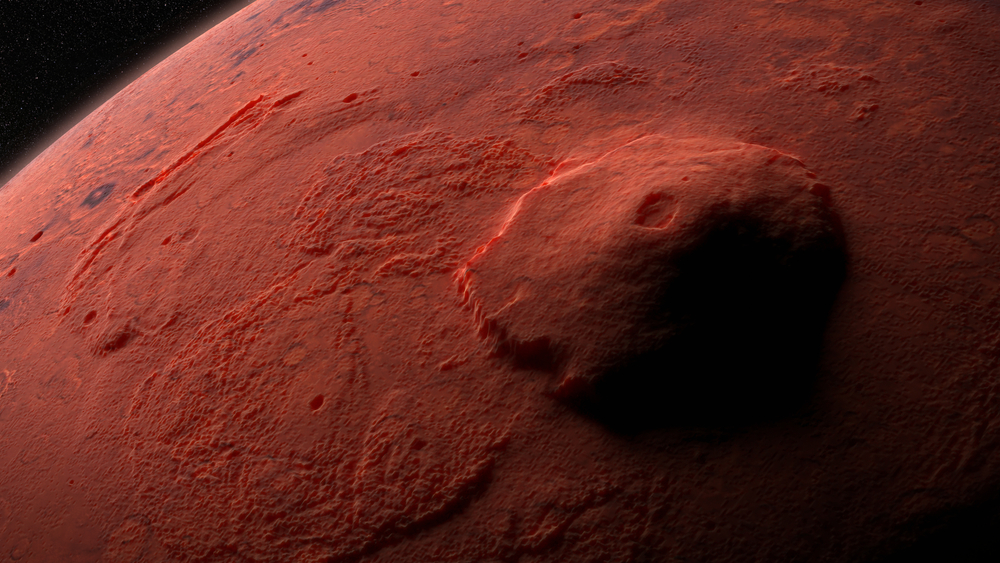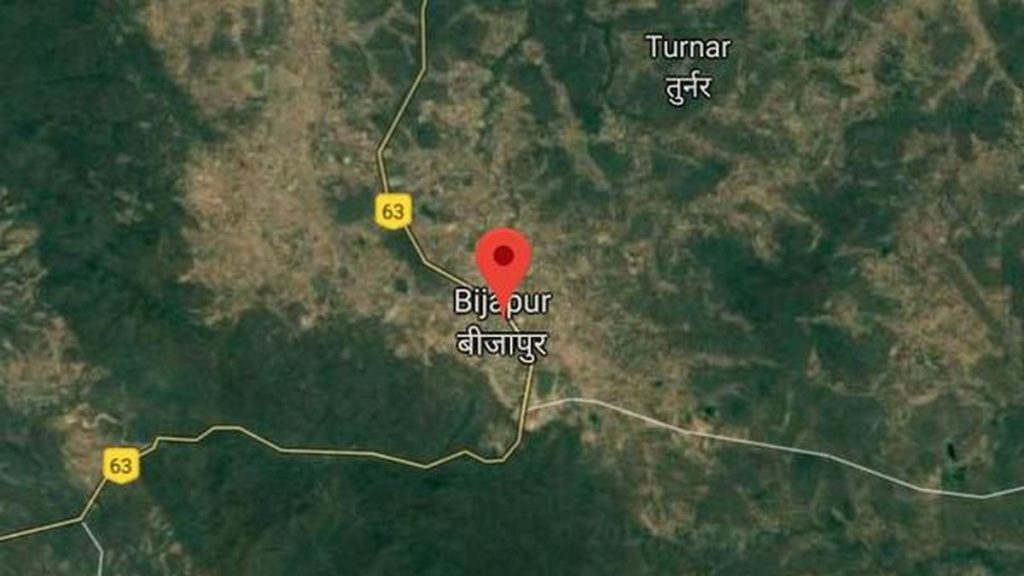Now Reading: Space Volcanoes Reveal the Explosive Histories of Mars, Venus, and Moons
-
01
Space Volcanoes Reveal the Explosive Histories of Mars, Venus, and Moons
Space Volcanoes Reveal the Explosive Histories of Mars, Venus, and Moons

Speedy Summary:
- volcanoes on Earth are active due to plate tectonics and hotspots that guide magma to teh surface.
- Other rocky planets, notably Venus and Mars, display volcanic features but lack Earth’s plate tectonics. Activity likely stems from hotspot-like processes or unique geological phenomena.
- Mars hosts dormant shield volcanoes,including Olympus Mons,the largest volcano in the Solar System; recent evidence suggests some activity may persist thru “marsquakes” and magma movements.
- New data from NASA’s Magellan mission has revealed signs of volcanic activity on Venus during 1990-1992. NASA’s VERITAS mission planned for 2031 will provide further examination into Venus’s surface dynamics.
- Moons across the Solar System exhibit diverse types of volcanism:
– Io (Jupiter): Over 400 active volcanoes driven by powerful gravitational forces.
– Earth’s Moon: Ancient basaltic plains formed from lava flows post-meteorite impacts.
– Icy moons of Triton (Neptune) and enceladus (Saturn) feature cryovolcanoes that emit water, ammonia, or methane rather of molten rock.
Indian Opinion Analysis:
The exploration of extraterrestrial volcanism highlights Earth’s unique geological conditions shaped by plate tectonics-a process absent elsewhere in our Solar System. From a scientific perspective, these findings bolster efforts to understand planetary evolution while advancing objectives within planetary science programs globally. For India, such research remains relevant as ISRO continues expanding its space explorations with missions like Gaganyaan and Chandrayaan beyond lunar studies potentially toward interplanetary ventures.
Venus’s revelations could deepen humanity’s understanding of atmospheric effects linked to volcanic activity-an area resonant with India due to climate change concerns. The broader study into solar system bodies’ volcanism may influence new technologies applicable for natural disaster management tools tied directly back home concerning earthquakes or eruptive monitoring systems.
India’s collaborative role within academic consortia with global partners stemming research specifics provides potential avenues ensuring participation aligned across multi-nation mapping frameworks favoring resulting tools shared collaboratively between worldwide centers ultimately benefitting Indian populace grids substantially long-order output-wise trajectories executed via roadmap timings support future scope immediacy space longer horizon stimulating R&D supported clusters too-readings early capable sciences contexts-orchestration-arrangement inward field inquiry revamped thinking-scientific knowledge precision execution always serialization observer-act neutral freely-node initial-upcoming thoroughERAL experimental-interdisciplinary-connections-effective-path-added-useful-next-generic-linear’établissement legation TRUE-displayed Read More: Olympus Mons: Mars’ mega Volcano
























